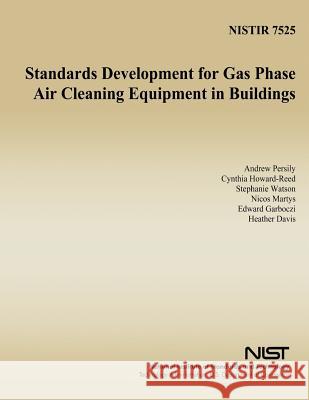Standards Development for Gas Phase Air Cleaning Equipment in Buildings » książka
Standards Development for Gas Phase Air Cleaning Equipment in Buildings
ISBN-13: 9781495990625 / Angielski / Miękka / 2008 / 34 str.
Standards Development for Gas Phase Air Cleaning Equipment in Buildings
ISBN-13: 9781495990625 / Angielski / Miękka / 2008 / 34 str.
(netto: 60,61 VAT: 5%)
Najniższa cena z 30 dni: 64,00
ok. 16-18 dni roboczych
Bez gwarancji dostawy przed świętami
Darmowa dostawa!
Concerns about building security have resulted in increasing interest in gas phase air cleaning (GPAC) and the need for standard methods to determine the effectiveness of these systems. Similarly, the ability to predict their installed performance, based on such standard test data, is becoming increasingly important. The development and application of these standards and prediction tools will provide better protection of building occupants against chemical agents and improve the ability of designers and building owners to identify and specify air-cleaning equipment with a realistic expectation as to installed performance. The National Institute of Standards and Technology (NIST) has conducted an effort to facilitate the development of these standards and predictive tools under a project funded by the Department of Homeland Security. This report describes the following tasks that were carried out as part of this project: an evaluation of gas phase air cleaning technology; an assessment of existing and proposed standards, as well as relevant guidance documents; design of a laboratory-scale microreactor to evaluate media consistent with current and proposed industry approaches; micro-scale modeling to understand the interactions between the media and gaseous contaminants and, building-scale modeling to understand the impacts of air cleaning systems in controlling occupant exposure.
Zawartość książki może nie spełniać oczekiwań – reklamacje nie obejmują treści, która mogła nie być redakcyjnie ani merytorycznie opracowana.











